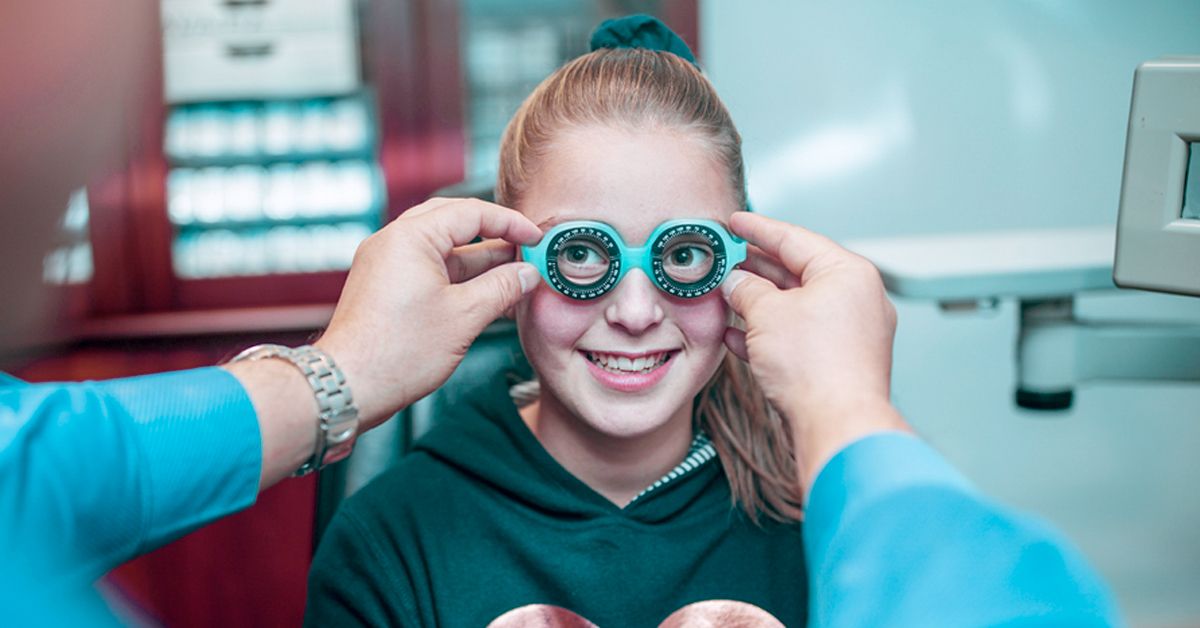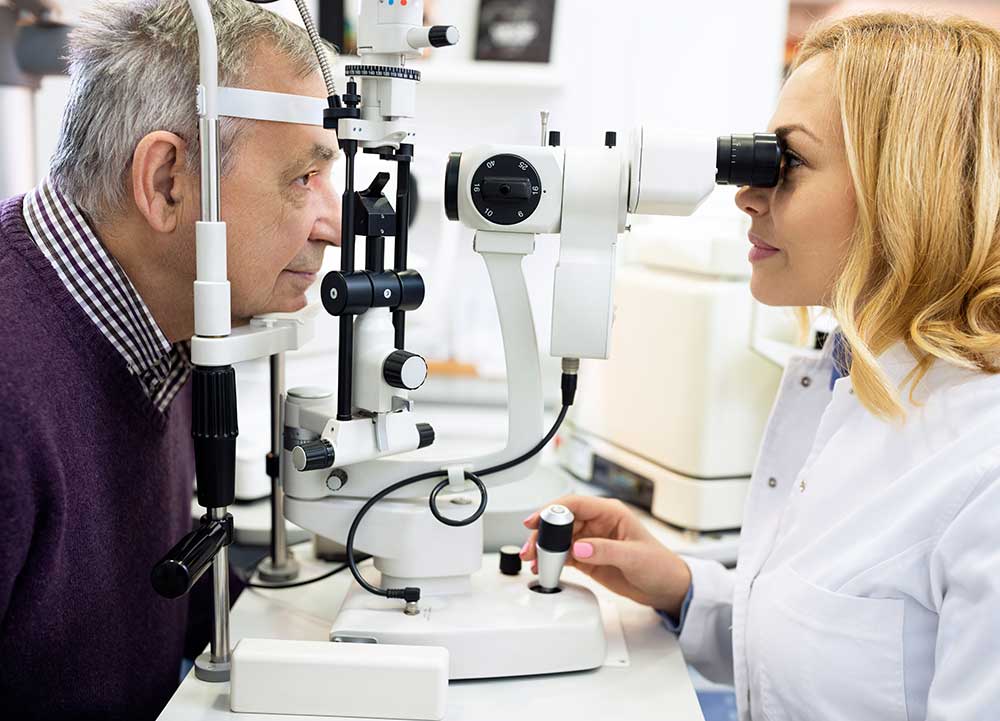Locate a Trusted Optometrist Chino for Household Eye Treatment Solutions
Exploring the most up to date Technical Improvements in Optometry and What They Mean for Eye Doctors
From the accuracy of Optical Comprehensibility Tomography to the nuanced insights provided by AI-driven analysis tools, these advancements are establishing brand-new criteria in patient evaluation and treatment. As these advancements permeate the practice, eye doctors are encountered with the challenge of accepting these devices to enhance individual outcomes.
Advancements in Diagnostic Devices
Advancing the field of optometry, innovations in diagnostic tools have actually transformed the method eye treatment professionals evaluate and detect ocular conditions and aesthetic impairments. The past years has observed considerable technical improvements, enabling even more detailed and accurate examinations. Optical Comprehensibility Tomography (OCT), for example, supplies high-resolution cross-sectional images of the retina, enabling the early discovery of diseases such as glaucoma and age-related macular deterioration. This non-invasive imaging strategy has become indispensable in contemporary optometric method.
One more secret advancement is the intro of advanced corneal topography systems, which map the surface curvature of the cornea with accuracy. These devices are particularly beneficial for fitting call lenses and diagnosing corneal problems. Digital retinal imaging has transformed traditional ophthalmoscopy, offering comprehensive, breathtaking sights of the retina that facilitate complete visual examinations.
The growth of wavefront aberrometry has likewise been crucial, enabling the evaluation of refractive errors with unmatched accuracy (Eye Doctor). This innovation helps in tailoring rehabilitative lenses and enhancing medical results for refractive surgeries. Jointly, these diagnostic improvements empower optometrists to supply premium patient treatment, ensuring early treatment and customized treatment strategies, ultimately boosting aesthetic wellness end results
AI in Person Administration
Structure on the foundation of innovative analysis tools, the unification of man-made intelligence (AI) in patient monitoring represents a transformative jump for optometry. AI systems are significantly employed to improve performance, precision, and customization in client treatment. By evaluating huge quantities of information, AI can determine patterns and anticipate possible ocular problems, allowing eye doctors to tailor treatments more successfully. This ability is crucial in handling persistent eye diseases such as glaucoma and diabetic person retinopathy, where early detection and continual tracking are vital.
Furthermore, AI-driven platforms help with streamlined individual interactions and administrative processes. Automated organizing, online examinations, and personalized follow-up plans not only enhance individual contentment however likewise optimize time monitoring for practitioners. These systems can triage patients based on the necessity of their conditions, making sure that those in important requirement receive timely attention.
Moreover, AI boosts decision-making by providing optometrists with evidence-based referrals and therapy paths. By integrating data from digital health and wellness documents, AI tools supply insights that inform medical decisions, minimizing the danger of mistakes and improving individual end results. As AI remains to evolve, its duty in individual monitoring will likely broaden, reshaping the landscape of optometric care.
Advances in Retinal Imaging
In the world of optometry, retinal imaging has actually seen amazing technological advancements that are enhancing diagnostic capabilities and client care. Innovations such as Optical Coherence Tomography (OCT) and fundus photography have revolutionized just how optometrists evaluate the retina and picture. OCT, specifically, offers high-resolution, cross-sectional photos of the retina, enabling the thorough exam of its layers. This capability is invaluable for early discovery and management of conditions like glaucoma, diabetic person retinopathy, and age-related macular deterioration.
Enhanced imaging methods like OCT angiography are more refining diagnostic accuracy. This non-invasive technique maps blood flow in the retina, offering essential insights into vascular health and wellness without the requirement for color shots. Furthermore, flexible optics technology is being incorporated into retinal imaging systems to fix ocular aberrations, delivering unprecedented image quality. Such advancements facilitate the identification of minute retinal modifications that can indicate condition progression.
Additionally, improvements in artificial knowledge are boosting retinal imaging by making it possible for automated analysis of large datasets. These systems aid optometrists in recognizing patterns a measure of pathology, thereby enhancing analysis precision and efficiency. Collectively, these developments are changing retinal imaging right into a keystone of modern eye treatment, enhancing results and broadening restorative possibilities.
Teleoptometry's Expanding Role
Teleoptometry is significantly becoming a vital component of eye care, driven by advancements in digital interaction and analysis tools. This is particularly helpful in underserved and rural locations where accessibility to specialized eye care is usually limited.
The integration of expert system (AI) further enhances teleoptometry, enabling the evaluation of aesthetic information and helping in the discovery of eye problems such as glaucoma and diabetic person retinopathy. AI-powered formulas can quickly translate intricate imaging data, supplying eye doctors with valuable understandings that strengthen scientific decision-making.
Furthermore, teleoptometry sustains connection of treatment via seamless integration with digital health records (EHRs), permitting eye doctors to preserve detailed patient histories. When consulting with different specialists., this makes certain that clients receive tailored and constant care also.
Despite these benefits, challenges continue to be, including making certain data protection and handling individual visit the site assumptions. Teleoptometry represents a considerable stride in the direction of even more easily accessible, reliable, and patient-centered eye care. As innovation progresses, its duty is positioned to broaden even more.

Future Patterns in Eye Treatment
A myriad of ingenious patterns is established to improve the future of eye care, driven by technological improvements and the advancing requirements of patients. One significant fad is the integration of expert system (AI) in diagnostics, which assures to boost the precision and effectiveness of eye examinations. AI formulas can assess large amounts of information from retinal pictures, potentially identifying conditions like diabetic retinopathy and glaucoma earlier than typical techniques.
Moreover, individualized medicine is gaining traction in optometry, see this with hereditary screening informing personalized therapy strategies. This approach intends to optimize person results by customizing interventions to private genetic profiles. Wearable modern technology, such as clever contact lenses, is additionally imminent, offering real-time surveillance of intraocular pressure or glucose levels, hence offering continuous understandings right into systemic and ocular health.
The adoption of augmented truth (AR) and virtual truth (VIRTUAL REALITY) in training and individual education and learning is an additional emerging fad. These technologies use immersive experiences that can enhance understanding and skills both for optometrists and people. As these patterns develop, optometrists need to remain abreast of technical developments to provide innovative care, guaranteeing enhanced client results and fulfillment in the vibrant landscape of eye care.
Verdict

Jointly, these diagnostic innovations equip eye doctors to provide remarkable person treatment, making sure early treatment and tailored treatment approaches, eventually improving aesthetic health and wellness outcomes.

As these technologies continue to advance, optometrists should adjust and incorporate them into method, inevitably maximizing workflow effectiveness and boosting the standard of eye care provided to patients.